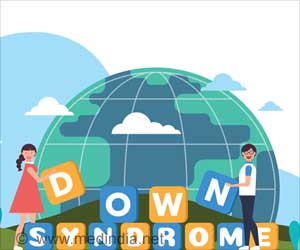Low blood levels of lead leads to long-term cognitive impairment and severe cases of lead poisoning can cause organ damage and death.

TOP INSIGHT
Identifying risk factors like having sickle cell anemia, spending time outside the United States and belonging to Asian ethnicity, facilitates timely detection and treatment of lead poisoning cases.
Between 2004 and 2010, a total of 145 children in New York City were identified with BLLs ≥45 µg/dL. The median age at identification was 3.8 years, and it took a median of 3.2 years for the BLLs to decline to <10 µg/dL. The new study is scheduled for publication in The Journal of Pediatrics.
Dr. Jacqueline Ehrlich and researchers from the New York City Department of Health and Mental Hygiene collected data from children under 18 years of age who were found to have BLLs ≥45 µg/dL.
Risk assessment questionnaires provided information on the children’s behaviors, recent home improvements, and use of imported products. During home visits, inspectors measured the lead content of painted surfaces and healthcare providers were advised to obtain abdominal X-rays to check for recent ingestion of leaded material before starting treatments.
According to Dr. Ehrlich, “Understanding the incidence, sources, and treatment outcomes can promote timely identification of cases, as well as help inform clinical practice and public health policy.”
When compared with the age-standardized New York City population, children with BLLs ≥45 µg/dL were more likely to be Asian or black and live in housing built before 1940.
Source-Medindia
 MEDINDIA
MEDINDIA




 Email
Email






